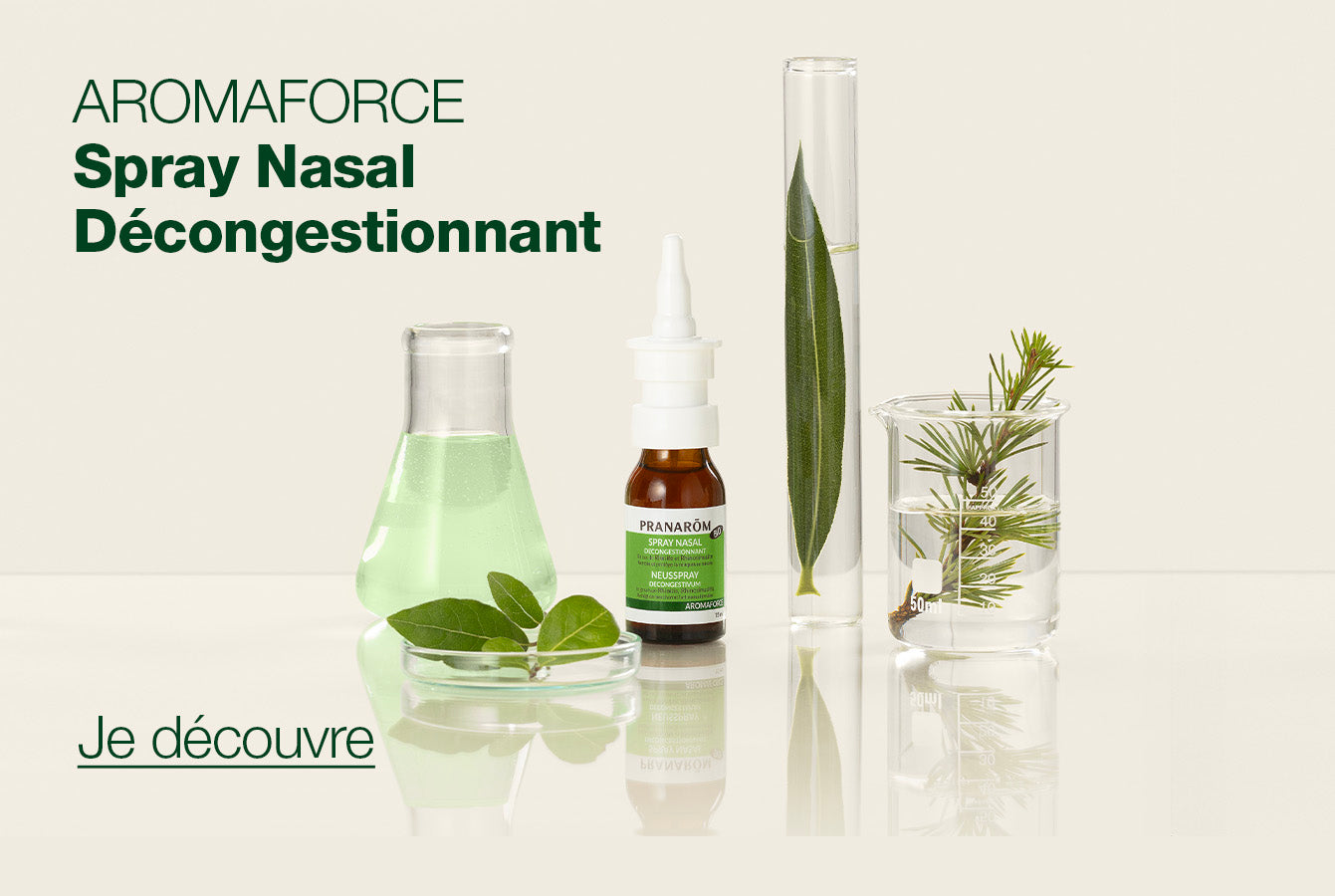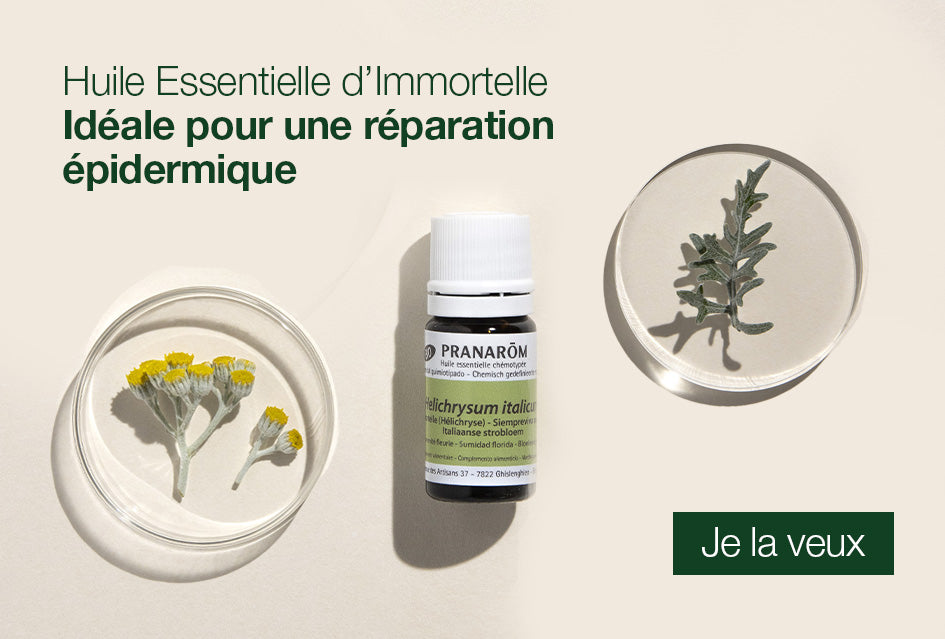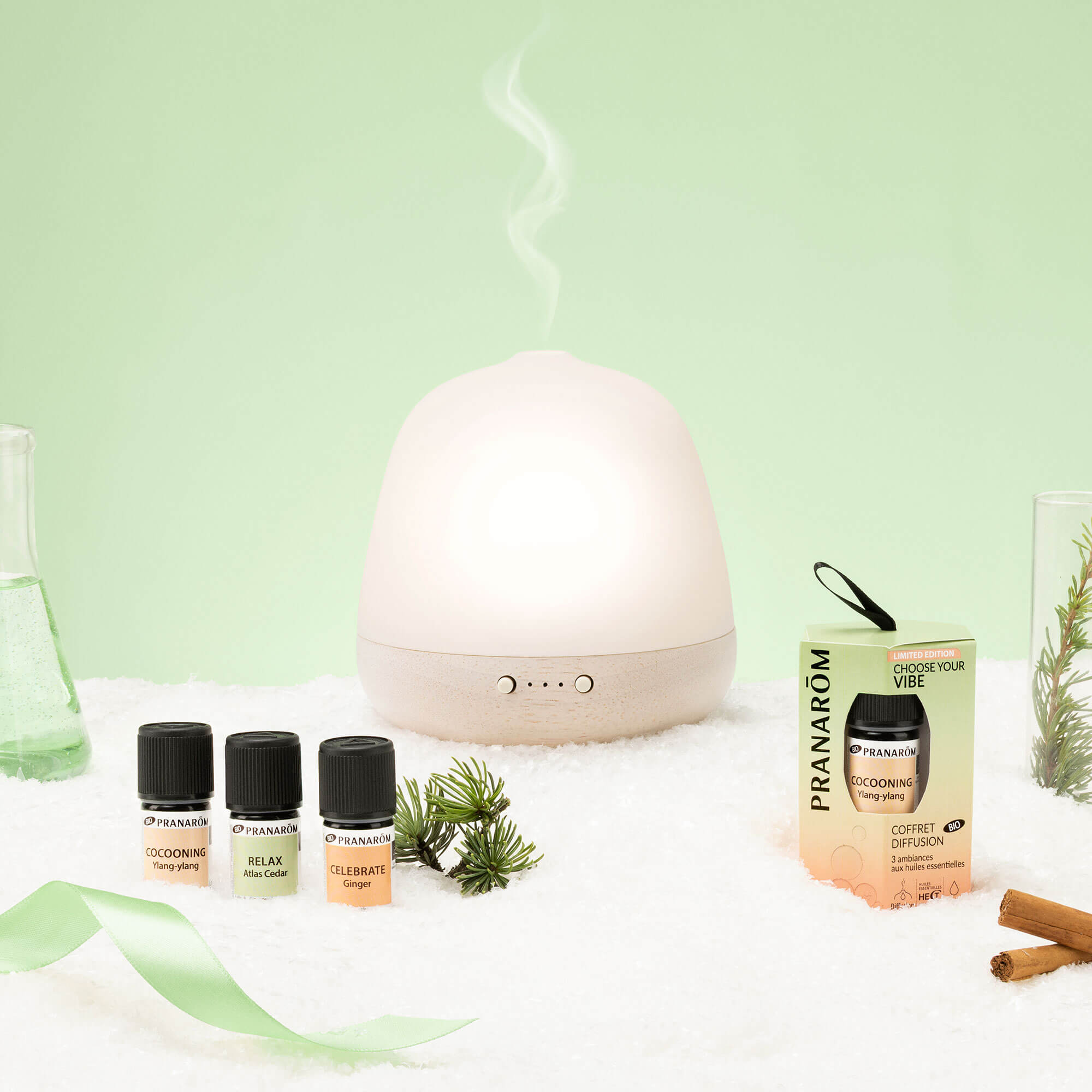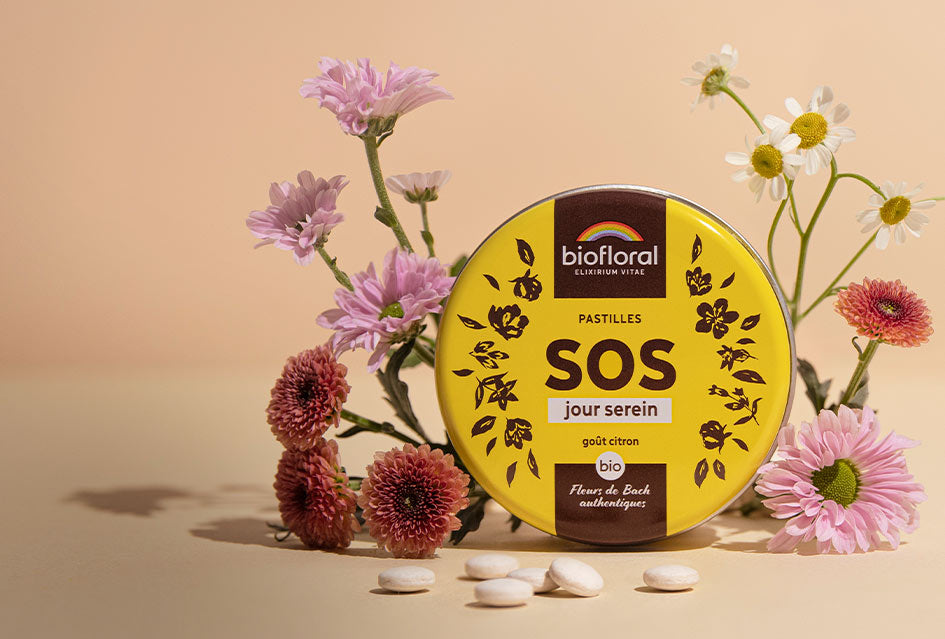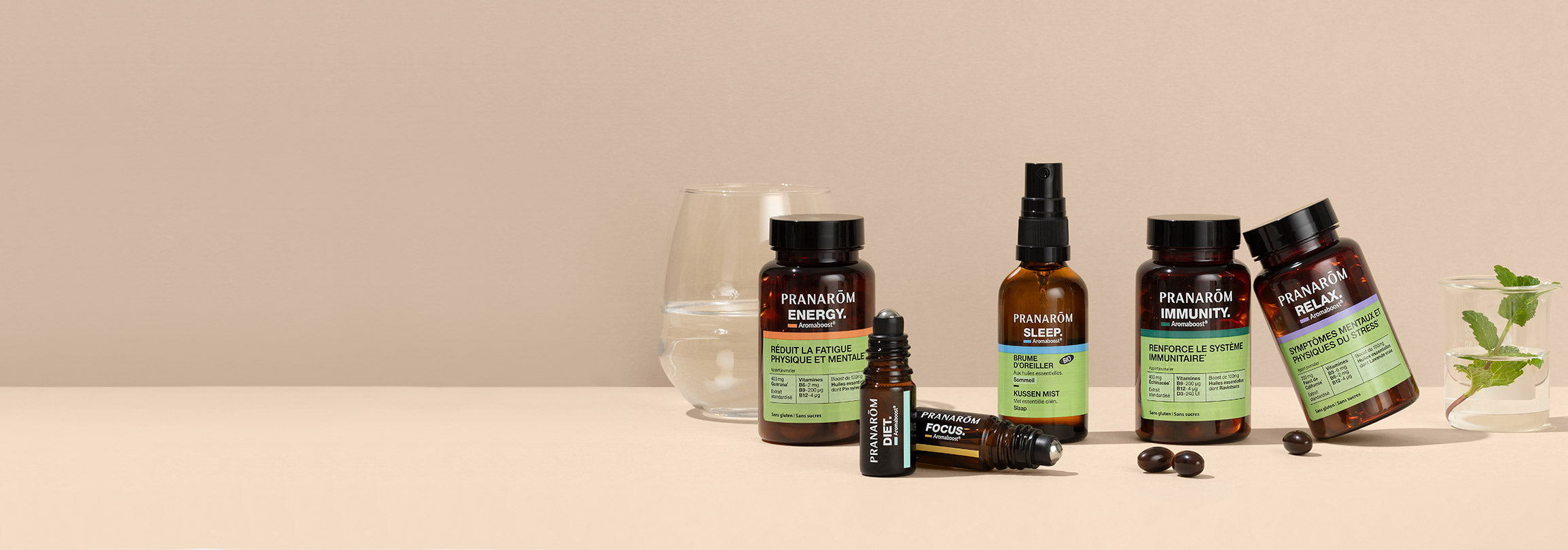Essential oils extracted from the three medicinal plants; Helichrysum italicum, Ledum groenlandicum and Ravensara aromatica, together with their mixture were tested for their genotoxic and antigenotoxic activities against urethane, a well-known promutagen.We have adopted the somatic mutations and recombination test (SMART) in the wings of Drosophila melanogaster. Three days old larvae, trans-heterozygous for two genetic markers mwh and flr, were treated by essential oil and/or urethane. A negative control corresponding to solvent was also used.
Inscrivez-vous
à notre newsletter et devenez expert en aromathérapie grâce à notre contenu exclusif. Profitez également de -10% sur votre première commande.
Continuer la lecture
30 ans
d’expertise scientifique en Aromathérapie
250
Huiles Essentielles chémotypées
100%
Biologiques. Pures. Intégrales.
Your wishlist
Please add product to your wishlist to see them here.
Login to see your wishlist!
- Select All
- Move to cart
- Delete
Your wishlist
Please add product to your wishlist to see them here.
Login to see your wishlist!
- Select All
- Move to cart
- Delete
Subscribe and get alerts about your Wishlist
We will notify you on events like Low stock, Restock, Price drop or general reminders so that you don’t miss the deal
Are you sure you want to delete this wishlist?
Are you sure you want to delete selected wishlist products?
Out of stock products will be not move. Are you want to move selected wishlist products?
Wishlist management page
- This page allows you to manage and add wishlist items directly to the cart.
- Share your public wishlist on social media, through links, and via custom email.
- You can subscribe to get update about your wishlist items
You have been unsubscribed
You will no longer receive emails about wishlist activities from this store.
50450071825
fr
73595126033
73595126033
50450071825
fr


